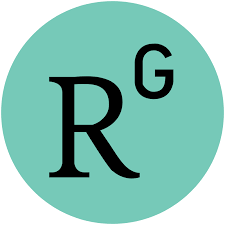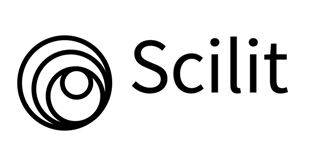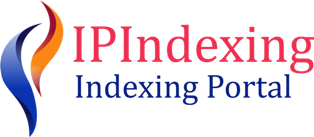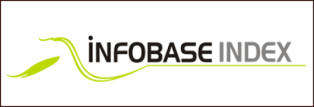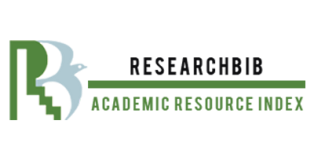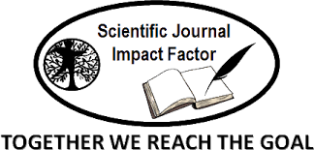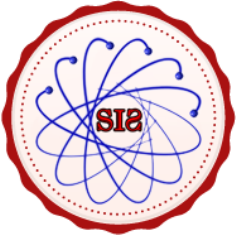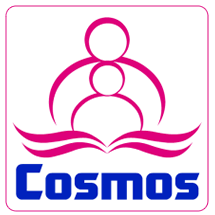Current-Injected Mode Control for Coupled-Inductor (Ci) Based Boost Converter
Keywords:
Coupled Inductor, Non-Isolated Converter, Small Signal Modeling, Current Mode Control, High Gain Converter, Dc-Dc Boost ConverterAbstract
With the increasing demand for electrical energy, there is a need to replace conventional energy resources with renewable energy resources. To properly implement renewable resources at a larger scale, DC/DC converters play a major role. Owing to the variable and unreliable nature of renewable energy resources like PV systems there is a requirement for converters that can regulate the voltage at the output side. High-gain DC/DC converters are preferred for the integration of the solar system in smart grids or microgrids. In this context, a high-gain boost converter utilizing a coupled inductor is a preferable choice. High gain is achieved by the proper selection of the turn’s ratio of coupled inductors in such converters. Whereas to obtain voltage regulation there is a need to employ an effective control scheme. In this paper current-injected control topology has been utilized for coupled inductor-based boost converter. The proposed converter with an appropriate control scheme aims to achieve high voltage gain, reduced switching losses, minimization of current ripple, and less conduction losses while increasing the efficiency of the overall system. A small signal model based on the state space averaging technique is used to derive control to output transfer function for the proposed converter. A hardware prototype has been implemented for the validation of theoretical work. The overall efficiency of the converter is calculated to be around 96% at specific load conditions.
References
G. Velasco-Quesada, F. Guinjoan-Gispert, R. Piqué-López, M. Román-Lumbreras, and A. Conesa-Roca, “Electrical PV array reconfiguration strategy for energy extraction improvement in grid-connected PV systems,” IEEE Trans. Ind. Electron., vol. 56, no. 11, pp. 4319–4331, 2009, doi: 10.1109/TIE.2009.2024664.
F. Nejabatkhah, S. Danyali, S. H. Hosseini, M. Sabahi, and S. M. Niapour, “Modeling and control of a new three-input dc-dc boost converter for hybrid PV/FC/battery power system,” IEEE Trans. Power Electron., vol. 27, no. 5, pp. 2309–2324, 2012, doi: 10.1109/TPEL.2011.2172465.
M. Forouzesh, Y. Shen, K. Yari, Y. P. Siwakoti, and F. Blaabjerg, “High-Efficiency High Step-Up DC-DC Converter with Dual Coupled Inductors for Grid-Connected Photovoltaic Systems,” IEEE Trans. Power Electron., vol. 33, no. 7, pp. 5967–5982, Jul. 2018, doi: 10.1109/TPEL.2017.2746750.
Y. P. Hsieh, J. F. Chen, T. J. Liang, and L. S. Yang, “A novel high step-up DC-DC converter for a microgrid system,” IEEE Trans. Power Electron., vol. 26, no. 4, pp. 1127–1136, 2011, doi: 10.1109/TPEL.2010.2096826.
R. J. Wai, C. Y. Lin, C. Y. Lin, R. Y. Duan, and Y. R. Chang, “High-efficiency power conversion system for kilowatt-level stand-alone generation unit with low input voltage,” IEEE Trans. Ind. Electron., vol. 55, no. 10, pp. 3702–3714, 2008, doi: 10.1109/TIE.2008.921251.
H. Ardi, A. Ajami, and M. Sabahi, “A novel high step-up DC-DC converter with continuous input current integrating coupled inductor for renewable energy applications,” IEEE Trans. Ind. Electron., vol. 65, no. 2, pp. 1306–1315, 2018, doi: 10.1109/TIE.2017.2733476.
W. Li and X. He, “Review of nonisolated high-step-up DC/DC converters in photovoltaic grid-connected applications,” IEEE Trans. Ind. Electron., vol. 58, no. 4, pp. 1239–1250, Apr. 2011, doi: 10.1109/TIE.2010.2049715.
Q. Zhao and F. C. Lee, “High-efficiency, high step-up dc-dc converters,” IEEE Trans. Power Electron., vol. 18, no. 1 I, pp. 65–73, Jan. 2003, doi: 10.1109/TPEL.2002.807188.
F. Li and H. Liu, “A Cascaded Coupled Inductor-Reverse High Step-Up Converter Integrating Three-Winding Coupled Inductor and Diode-Capacitor Technique,” IEEE Trans. Ind. Informatics, vol. 13, no. 3, pp. 1121–1130, Jun. 2017, doi: 10.1109/TII.2016.2637371.
H. M. Hsu and C. T. Chien, “Multiple turn ratios of on-chip transformer with four intertwining coils,” IEEE Trans. Electron Devices, vol. 61, no. 1, pp. 44–47, 2014, doi: 10.1109/TED.2013.2292855.
B. Gu, J. Dominic, J. S. Lai, Z. Zhao, and C. Liu, “High boost ratio hybrid transformer DC-DC converter for photovoltaic module applications,” IEEE Trans. Power Electron., vol. 28, no. 4, pp. 2048–2058, Apr. 2013, doi: 10.1109/TPEL.2012.2198834.
T. J. Liang, J. H. Lee, S. M. Chen, J. F. Chen, and L. S. Yang, “Novel isolated high-step-Up DC-DC converter with voltage lift,” IEEE Trans. Ind. Electron., vol. 60, no. 4, pp. 1483–1491, 2013, doi: 10.1109/TIE.2011.2177789.
Y. Tang, D. Fu, T. Wang, and Z. Xu, “Hybrid switched-inductor converters for high step-up conversion,” IEEE Trans. Ind. Electron., vol. 62, no. 3, pp. 1480–1490, Mar. 2015, doi: 10.1109/TIE.2014.2364797.
Y. Tang, T. Wang, and Y. He, “A switched-capacitor-based active-network converter with high voltage Gain,” IEEE Trans. Power Electron., vol. 29, no. 6, pp. 2959–2968, Jun. 2014, doi: 10.1109/TPEL.2013.2272639.
G. Wu, X. Ruan, and Z. Ye, “High Step-Up DC-DC Converter Based on Switched Capacitor and Coupled Inductor,” IEEE Trans. Ind. Electron., vol. 65, no. 7, pp. 5572–5579, Jul. 2018, doi: 10.1109/TIE.2017.2774773.
H. C. Liu and F. Li, “Novel High Step-Up DC-DC Converter with an Active Coupled-Inductor Network for a Sustainable Energy System,” IEEE Trans. Power Electron., vol. 30, no. 12, pp. 6476–6482, Dec. 2015, doi: 10.1109/TPEL.2015.2429651.
S. H. C. Taosif Iqbal, Yaqian Wang, Haibin Lu, Xiongwen Zhang, “Small signal modelling and control of high gain coupled inductor boost inverter for solid oxide fuel cell based power generation system,” Int. J. Hydrogen Energy, vol. 44, no. 38, pp. 21115–21126, 2019, doi: https://doi.org/10.1016/j.ijhydene.2019.01.289.
A. F. Witulski, “Introduction to Modeling of Transformers and Coupled Inductors,” IEEE Trans. Power Electron., vol. 10, no. 3, pp. 349–357, 1995, doi: 10.1109/63.388001.
Texas Instruments, “AN-1286 Compensation for the LM3478 Boost Controller,” Application Note. Accessed: Mar. 17, 2025. [Online]. Available: https://e2e.ti.com/support/power-management-group/power-management/f/power-management-forum/922179/lm3478-an-1286-compensation-for-the-lm3478-boost-controller
Texas Instruments, “Demystifying Type II and Type III Compensators Using OpAmp and OTA for DC/DC Converters,” Appl. Rep., 2014, [Online]. Available: https://www.ti.com/lit/an/slva662/slva662.pdf
M. A. Vaghela and M. A. Mulla, “Peak Current Mode Control of Coupled Inductor based High Step-Up Gain Boost Converter,” India Int. Conf. Power Electron. IICPE, vol. 2018-December, Jul. 2018, doi: 10.1109/IICPE.2018.8709507.
Y. P. Hsieh, J. F. Chen, T. J. Liang, and L. S. Yang, “Novel high step-Up DC-DC converter for distributed generation system,” IEEE Trans. Ind. Electron., vol. 60, no. 4, pp. 1473–1482, 2013, doi: 10.1109/TIE.2011.2107721.
M. B. Meier, D. S. S. Avelino, A. A. Badin, E. F. R. Romaneli, and R. Gules, “Soft-switching high static gain DC-DC converter without auxiliary switches,” IEEE Trans. Ind. Electron., vol. 65, no. 3, pp. 2335–2345, Mar. 2018, doi: 10.1109/TIE.2017.2739684.

Downloads
Published
How to Cite
Issue
Section
License
Copyright (c) 2025 50sea

This work is licensed under a Creative Commons Attribution 4.0 International License.


